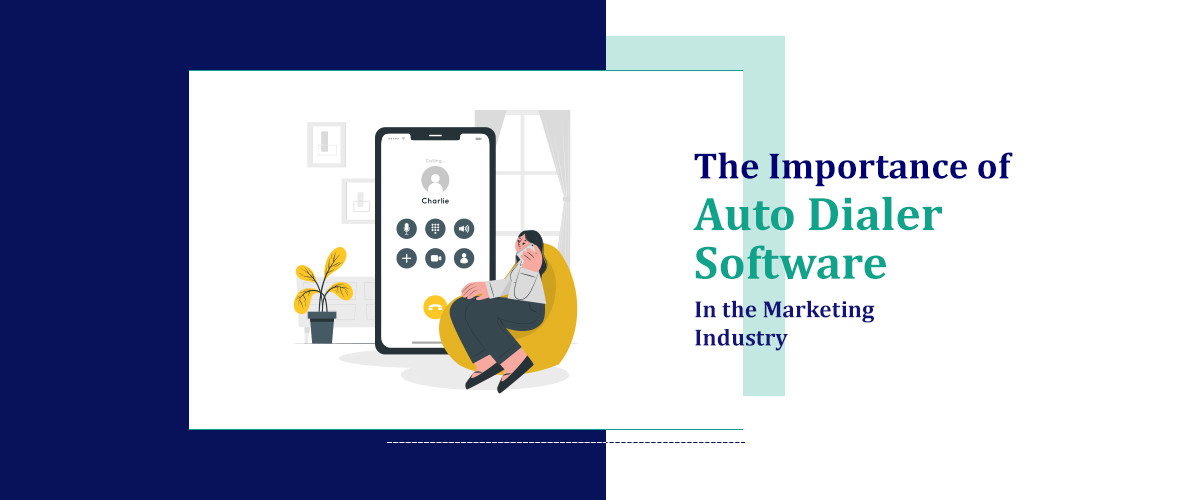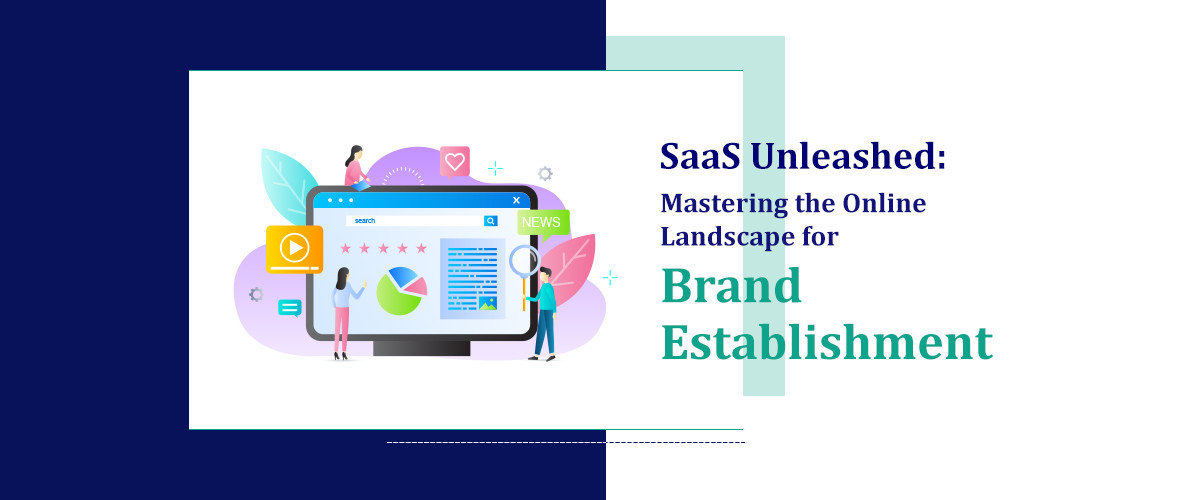What we'll cover
Running a SaaS company is tough. You're constantly battling for attention in a crowded marketplace, and keeping your customers engaged is crucial for success. Email marketing seems like a perfect solution—it can help you attract new leads, keep existing customers happy, and even build brand awareness. But with inboxes overflowing with emails, how do you ensure yours get noticed and lead to results?
This guide is here to help. We'll explore proven strategies to maximize your return on investment (ROI) from email marketing, so you can finally stop feeling the squeeze and start seeing actual results.
Building a Strong Foundation
Before you can unleash the power of email marketing, it's crucial to establish a solid foundation for your SaaS email marketing efforts. This includes building a targeted email list, segmenting your audience for personalization, and setting clear goals with a way to track progress.
-
Growing Your Email List
The lifeblood of email marketing is your subscriber list. Here, you can leverage a two-pronged approach
Organic Growth: Attract website visitors to sign up by strategically placing clear and concise signup forms. Offer valuable incentives like free e-books or webinars (lead magnets) in exchange for email addresses.
Signing people up for your SaaS website is a challenge. WordStream's benchmark report says only 2% to 5% of visitors convert. However, the top performers can do much better, with signup rates exceeding 11%.
Paid Acquisition: Social media advertisements and content syndication on relevant websites can accelerate list growth. While costly, these methods allow you to target specific demographics more precisely.
-
Segmentation
Gone are the days of blasting generic emails to your entire subscriber base. Modern email marketing thrives on personalization. Here's where segmentation comes in
Segmenting Your Audience: Divide your email list into smaller groups based on demographics (age, location), behavior (past purchases, website activity), or interests (specific features used). This allows you to tailor your message to resonate with each group's unique needs and pain points.
The Power of Relevance: Imagine sending targeted emails about advanced features to new users who are still familiar with the basics. Segmentation ensures your emails are relevant and valuable, leading to higher engagement rates.
-
Setting Goals and Tracking Progress
Effective email marketing requires a clear roadmap. Here's what you need to do
Define Your Objectives: Establish specific goals for your email campaigns. Do you want to increase free trial signups by 20%? Boost product activation rates by 15%? Clearly defining your objectives sets the stage for success.
Analytics: Use email list analytics to track KPIs and other metrics to measure your progress toward achieving these goals. Standard email marketing metrics include:
-
Open rates: The percentage of subscribers who open your email
-
Click-through rates: The percentage of subscribers who click on a link in your email
-
Conversion rates: The percentage of subscribers who take a desired action, like making a purchase.
Crafting High-Converting Emails
The first impression your email makes can mean the difference between a click and a delete. Let's dive into the key elements of crafting high-converting emails that get noticed, opened, and acted upon.
Subject Line Secrets
Your subject line is the first thing subscribers see, so it needs to grab their attention and entice them to open your email. According to CampaignMonitor, emails with personalized subject lines are 26% more likely to be opened. Here's how to craft winning subject lines
-
Spark curiosity: Pose a question or tease a valuable piece of information.
-
Create a sense of urgency: Use time-sensitive language or highlight limited-time offers.
-
Personalize when possible: Include the subscriber's name or reference their past behavior.
-
Compelling Content
The content of your email needs to be valuable and engaging. Here are some tips
-
Keep it clear and concise: Get straight to the point and avoid jargon.
-
Focus on the benefits: Explain how your email benefits the subscriber.
-
Tailor your content: Use segmentation to send targeted emails with content relevant to each subscriber group.
-
Call to Action (CTA)
Your CTA tells subscribers what you want them to do next. Here's how to make your CTA effective
-
Use strong verbs: Words like "download," "learn more," or "sign up" create a sense of urgency.
-
Make it clear and prominent: Your CTA button or link should be easy to find and understand.
-
Track your CTAs: Use A/B testing to see which CTAs perform best.
-
Design Decisions
The way your email looks is just as important as its content. Here are some design tips
-
Keep it mobile-friendly: Most emails are opened on mobile devices, so ensure your email looks good and functions well on a small screen.
-
Use clear and easy-to-read fonts: Stick to standard sans-serif fonts like Arial, Verdana, or Helvetica for optimal readability across email clients and devices.
-
Incorporate visuals: Images and videos can break up text and make your email more visually appealing.
SaaS-Specific Email Marketing Strategies
Here's where we delve into specific email marketing strategies designed to maximize ROI for SaaS companies. These tactics address key stages in the customer lifecycle, from initial exploration to ongoing engagement.
-
Free Trial Frenzy
The free trial is your golden opportunity to turn interested visitors into paying customers. According to UserPilot, people who actively choose to start a free trial (opt-in) are less likely to convert into paying customers (18.2%) compared to those who have their information pre-filled (opt-out) at 48.8%. Targeted email sequences can significantly improve these conversion rates. Here's how:
-
Showcase product value: Highlight features that address users' pain points and demonstrate how your product solves their problems.
-
Address user concerns: Anticipate free trial users' common questions and concerns, and provide clear and concise answers in your emails.
-
Offer gentle nudges towards conversion: Use email sequences to remind users about the trial's end date and subtly encourage them to upgrade to a paid plan.
-
Onboarding Optimization
First impressions are crucial; onboarding is your chance to make a positive one. Automated email sequences can serve as a friendly guide, welcoming new users and introducing them to the platform's core functionalities. Here are some tips for effective onboarding emails
-
Walk them through the basics: Provide step-by-step instructions on how to use key features.
-
Highlight "aha!" moments: Showcase features that will significantly impact users' workflows.
-
Gather feedback: Include surveys or feedback forms in your emails to understand user needs and improve the onboarding experience.
-
Reviving Inactive Users
Not all users will be actively engaged all the time. However, inactive users don't have to be lost causes. You can breathe new life into stagnant accounts by identifying and re-engaging them with personalized emails.
-
Targeted incentives: Offer special promotions or discounts to entice users to come back and explore the platform again.
-
Personalized nudges: Use past user data to tailor emails with content relevant to their interests and previous usage patterns.
-
Highlight new features: Showcase exciting updates or feature additions that might reignite user interest.
-
Feature Frenzy
New features and updates aren't just technical tweaks but opportunities to enhance user experience and satisfaction. Email campaigns are the perfect way to announce these enhancements and explain their benefits, keeping users engaged with your evolving platform.
Advanced Techniques for Maximum Impact
Beyond the foundational elements, several advanced strategies can significantly boost the impact of your SaaS email marketing efforts. Here's how you can leverage these techniques to maximize ROI:
-
Personalization
SaaS companies have a treasure trove of user data, including signup information, website behavior, and feature usage. By harnessing this data, you can personalize email content and offers in several ways:
-
Addressing subscribers by name: A simple touch like using a subscriber's name in the greeting can significantly increase engagement.
-
Recommending features based on past behavior: Did a user struggle with a specific feature during their free trial? Send an email with helpful resources or a personalized walkthrough.
-
Tailoring content based on user stage: New users need onboarding guidance, while experienced users might benefit from advanced tips and tricks.
For instance, imagine you manage admissions for affordable online colleges for psychology. You can personalize email outreach based on a potential student's interests. Those interested in general psychology might receive information about introductory courses, while students drawn to specific areas like child development could get emails highlighting relevant concentrations. This approach personalizes the student journey and showcases the program's range.
-
A/B Testing
The world of email marketing is constantly evolving. What works today might not work tomorrow. That's where A/B testing comes in. It allows you to compare two versions of an email element, such as the subject line, CTA button, or email body content, and see which one performs better with your audience.
According to Hubspot, companies that test different versions of their forms with A/B testing see a 10% jump in conversion rates. By continuously testing different elements, you can gradually optimize your emails for better open rates, click-through rates, and conversions.
-
Automation Advantage
SaaS companies often juggle a multitude of tasks simultaneously. Email marketing automation tools can be a game-changer in this scenario. These tools allow you to automate repetitive email workflows, freeing up your team's time and energy for other strategic initiatives.
Here are some examples of how SaaS companies can leverage email marketing automation
-
Welcome sequences: Automatically send emails introducing new users to your product's core features and functionalities.
-
Re-engagement campaigns: Nurture inactive users with personalized emails reminding them of your product's value.
-
Promotional campaigns: Schedule automated email blasts announcing new features, discounts, or upcoming webinars.
Conclusion
In the ever-evolving landscape of SaaS, email marketing remains a potent tool for driving growth and fostering customer relationships. SaaS companies can maximize ROI from their email campaigns by laying a strong foundation, crafting compelling content, and leveraging advanced techniques. However, success in email marketing is not a destination but a journey of continuous optimization and refinement. As SaaS companies embark on this voyage, armed with the insights gleaned from this guide, they pave the path toward sustained growth and prosperity.
It's essential to strike a balance between staying top-of-mind and avoiding overwhelming your audience. Generally, aim for a consistent schedule, such as weekly or bi-weekly, and adjust based on engagement metrics and subscriber feedback.
Focus on providing value and relevance to your audience. This could include product updates, educational content, case studies, customer testimonials, and exclusive offers. Tailor content to different segments of your audience based on their needs and interests.
Crafting compelling subject lines is key. Personalization, urgency, and curiosity can all help grab attention. Additionally, ensure your emails are mobile-friendly, segment your audience for targeted messaging, and regularly clean your email list to maintain deliverability.
A/B testing allows you to experiment with different elements of your emails, such as subject lines, call-to-action buttons, and content layout. By analyzing the results, you can optimize your campaigns for higher open rates, click-through rates, and ultimately, ROI.
Track key metrics such as open rates, click-through rates, conversion rates, and revenue generated from email campaigns. Use tools like Google Analytics or your CRM system to attribute conversions to specific email campaigns and calculate the overall ROI.




